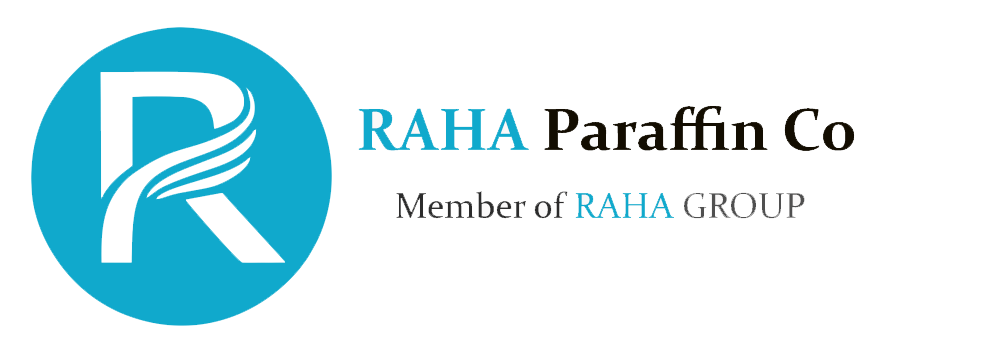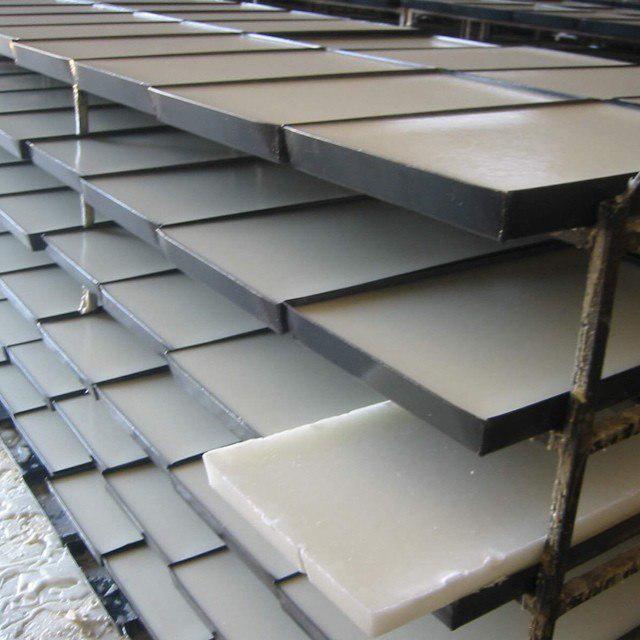
Paraffin wax DeWaxing Process

Paraffin wax DeWaxing Process
Waxes are part of the residues of the crude oil atmospheric distillation unit because of their higher boiling ranges. In processing the residues to lubricating oils, waxes are obtained in all fractions of the vacuum distillation unit. Waxes must be removed from the lubricating oil, due to they cause a high pour point of the oil because of their poor solubility. If the oil temperature is below the pour point, solid waxes will begin to precipitate. Depending on the source of the crude oil, the content of solid waxes can vary between 3% and 15%. The flow characteristics of the oil will be adversely affected and oil filters will be blocked. Slack waxes are produced through the dewaxing of lubricating oil distillates as illustrated in Figure 2. During the de-waxing, the paraffin waxes are separated from the lubricating oil by solvent extraction processes. The paraffin enriched by-products of these processes are a mixture of oil and wax, the so-called slack waxes.

The characteristics of the ideal de-waxing solvent include the following: the low solvent power of wax, high solvent power for oil, low freeze point, low viscosity, less in cost, non-toxic and have chemical and thermal stabilities (Wauquier, 2000). The waxy raffinate from the solvent extraction process is a physical process which is usually mixed with two solvents are used: toluene, which dissolves the oil and maintains fluidity at low temperatures, and methyl ethyl ketone (MEK), which dissolves little wax at low temperatures and acts as a wax precipitating agent. A simplified flow sheet of MEK de-waxing process is shown in Figure 3. It consists of the three basic sequential processing steps: i) crystallization (dilution and chilling of the feedstock), b) filtration (separation of wax and de-waxed oil filtrate) and c) solvent recovery (separation of solvent from wax and oil). The feedstock is mixed with two to four volumes of the solvent by a double dilution controlled shock chilling procedure are used. About 60 % of the chilling is obtained by heat exchange between the feedstock and solvent with the cold filter from filtration being used as the chilling medium in the double-pipe exchangers. The remainder of the refrigeration required for chilling is obtained by indirect heat exchanger with a refrigerate in the double pipe chillers. The slurry leaving the chillers at a temperature of 5 to 20 oF below the desired pour point is filtered using rotary vacuum filters and the wax cake is washed with a spray of cold solvent before being discharged by a gas blow back. The solvent is recovered from the resultant de-waxed oil filtrate and wax cake by flash vaporization and recycled in the process.

